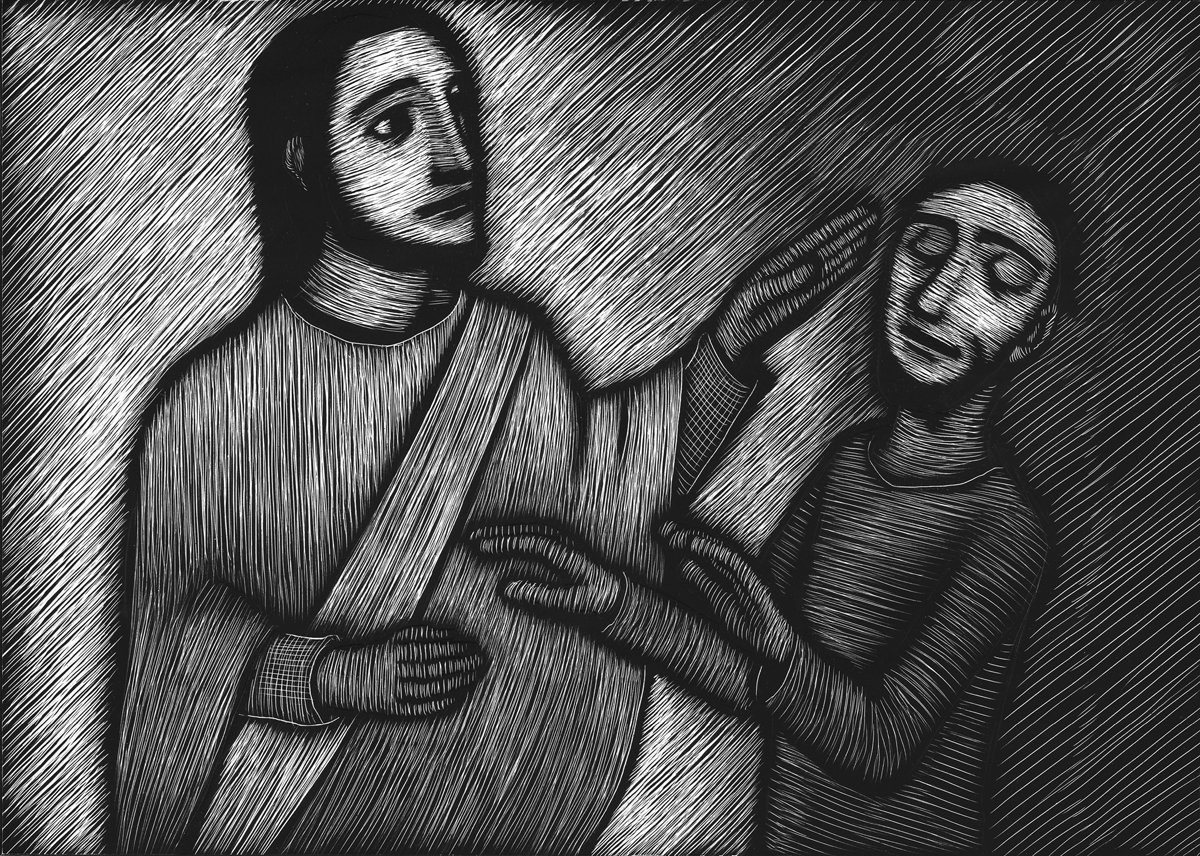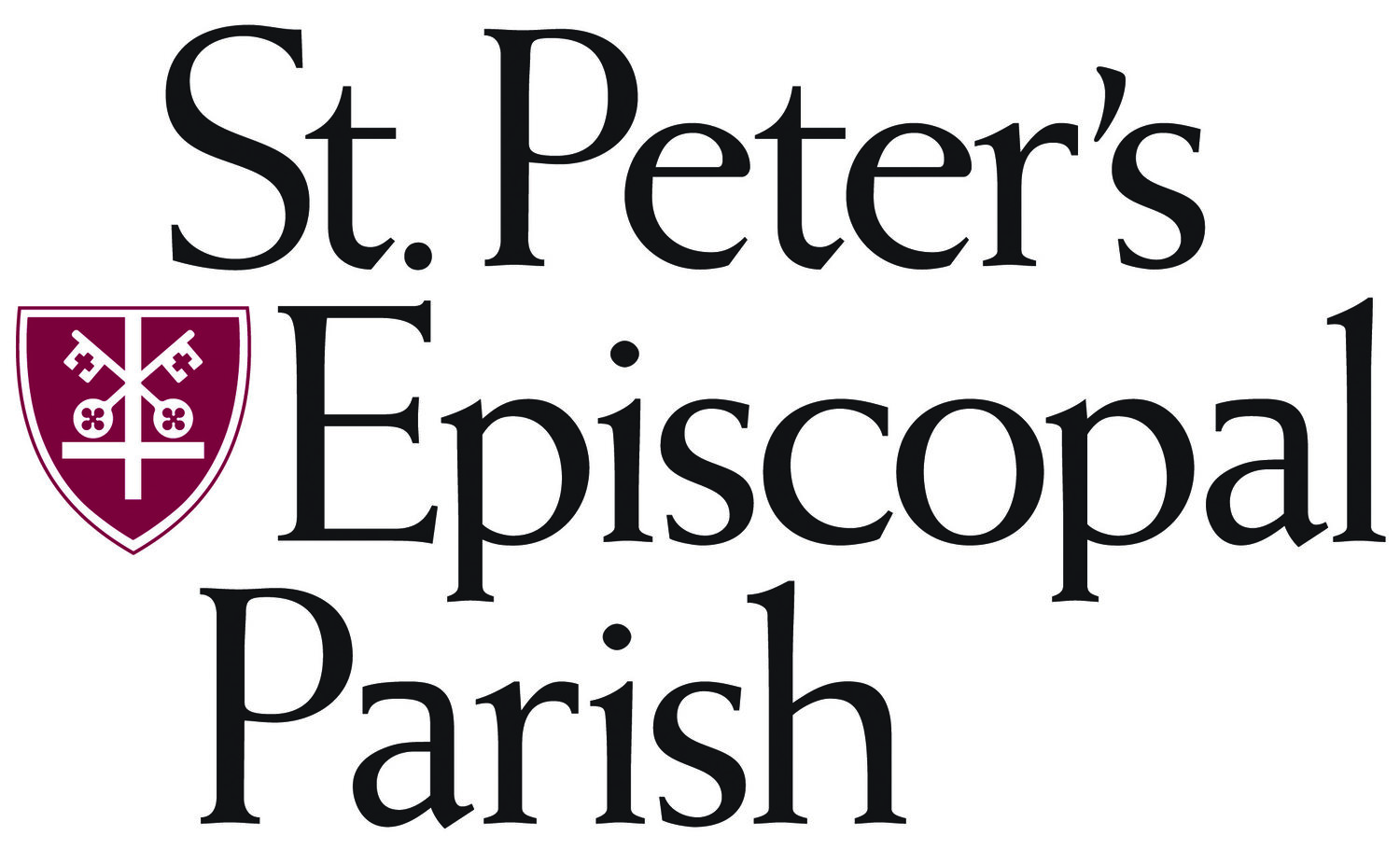The Liberating Gift of Sabbath

This morning, we continue with our Lent Sabbath Challenge preaching series. Two weeks ago, you might remember, we looked at the origins of Sabbath rest in the creation story in Genesis. And last week, we remembered the connection between the commandment to the keep the Sabbath in the Ten Commandments, and the Israelite’s experience of being an enslaved people in Egypt and their liberation.
This week, our exploration of Sabbath takes us to a little bit different place. The communities behind both of our readings this morning—from the book of the prophet Isaiah, and John’s Gospel—are both communities who have recently experienced significant collective trauma. As a result, both are communities that are wrestling with their identity: with how they are going to “be” a community in light of their experience of trauma; with what the parameters of their communities are going to be; and with who gets to be a member.
In our first reading, the prophet Isaiah is speaking to people who had very recently returned to Jerusalem from Babylon. There, you might remember, following the destruction of Solomon’s Temple in Jerusalem, they were held captive for seventy years. Everything had fallen apart. Life as they had always known it disintegrated. And generations had lived a life of exile, far away from the land that had been promised to them. But finally, they are set free and allowed to return home. Once they arrive home, though, they have to figure out who they are now. They are not the same as they were when they went into exile, and they can’t just continue business as usual. Their experience of trauma has changed them. And it has given them the opportunity to begin again. To have a fresh start. But to do this, they have to figure out what their community is going to look like in this new chapter, and also, what the parameters of membership in the community are going to be. Who gets to be a member of the new community?
Just as they’re beginning to ask this question, God speaks to them in our first reading through the prophet Isaiah. And what God says to them about who is to be welcomed and included, and why, might just have come as a bit of a surprise for them. Because it turns out that this newly formed, post-exile community is going to be more welcoming, more expansive, and more inclusive than ever before. In this community, Isaiah says, foreigners and even eunuchs will be welcome, and will be fully included… on one, very specific condition: that they are committed to keeping the Sabbath.
Of all the commandments and laws—and there were many!—it is the Sabbath commandment, the commandment to rest, that would be the most important “identity marker” in this new community. The biblical scholar Walter Brueggemann, whose book Sabbath as Resistance many of us are reading and reflecting on together this Lent, writes this:
[Sabbath] is the single, solitary mark of membership, an act of generous incorporation… that lets the life of God’s Israel spill over among those who have been excluded but are now welcomed… They made Sabbath the single specific requirement for membership…Because Sabbath represents a radical disengagement from the producer-consumer rat race of the empire. The [new] community welcomes members of any race or nation, any gender or social condition, so long as that person is defined by justice, mercy and compassion, and not competition, achievement, production or acquisition.[1]
I don’t know about you, but I find this pretty amazing! That a community’s response to an experience of trauma is not to turn inward, or to become more exclusive or more protective of its life and identity, but instead to rebuild their community in such a way that would include as many people as possible, from as many walks of life as possible, as long… as they were committed to practicing the Sabbath. So essential was remembering that they had been made in the image of a God who had rested after creating the world; so essential was remembering their liberation from slavery in Egypt, that Sabbath rest needed to be at very heart of their new life together. And anyone who was willing to participate in liberation of the Sabbath could be counted as a member.
Then there is our Gospel story this morning, this very long, very poignant story from John’s Gospel about Jesus’ healing of a man born blind, and then the subsequent “fallout” from this healing. I think it’s important to remember that the backdrop for this story, like the Isaiah’s community, is also collective trauma. The Gospel writer John was writing his account of Jesus’ life in the midst of a community that had just experienced the destruction of the Second Temple in 70 AD. It’s hard to convey what a completely devastating event this would have been for first-century Jewish people, and what a profound effect it would have had on them. All of a sudden, the place that had been the beating heart of their faith was gone. And once again, they were scattered, living as exiles in the world. And on top of that, John’s community was doubly exiled, because they were also trying to figure out if, as followers of Jesus, they belonged within Judaism. Gradually, they found themselves breaking away from the faith that had “incubated” them, and forming a new community, what would eventually be called the Church.
As you can imagine, there was tension and conflict as this process was unfolding. Because as they formed this new community, they had to decide what they wanted to keep, and what they needed to let go of. And they had figure out what it meant to be a member of this new community, the church—what the “marks of membership” would be. And you can see this tension bubbling up in the Gospel story this morning, especially in Jesus’ conflict with the Jewish leaders, over whether or not it is ok to heal someone like this blind man on the Sabbath. They say it is not ok, that it is not permissible to heal on the Sabbath, because doing so constitutes work. And although it’s fairly clear they are using the Sabbath commandment to entrap Jesus—to show that he can’t be from God, and even that he is a sinner—their strict interpretation of the Sabbath commandment was a perfectly acceptable interpretation. It’s true, healing on the Sabbath could be seen, by some, as work.
But Jesus has a slightly different view. He too was a faithful Jew, and he too kept the Sabbath and sought to be faithful it. But he sometimes held this commitment to the Sabbath in tension with a with a vision of community that was radically expansive and inclusive; a vision of the community that was rooted in justice, mercy and compassion. A vision of community that sought to welcome and include everyone, especially those who were poor and vulnerable. Jesus didn’t healed people on the Sabbath in spite of the Sabbath; he did it because of the Sabbath. His vision was one in which all people could participate in the Sabbath; in which all people could experience the Sabbath’s liberation from work and toil, especially those who had been excluded or mistreated, or who had been victims of injustice or oppression, or those who had no power—people like the man born blind in our Gospel story. People like those Jesus hung out with most of the time. Jesus wasn’t trying to break the Sabbath commandment, but rather, to make the gift of Sabbath rest freely available to all.
And the community that he had called into being—the community in which John wrote his Gospel—is also trying to figure out how to be a community, how to be a church, that was rooted in the kind of radically-inclusive vision that Jesus had given them. How to be a church that didn’t turn inward in response to trauma. How to be a church that reached out and that welcomed everyone, including people who weren’t Jewish, or who didn’t look like others in the community, or who came from very different places, or who didn’t have a community in which to be at home.
As I was spending time this week thinking of Isaiah’s community, and the community behind John’s Gospel—these two communities emerging from trauma and choosing to be radically inclusive instead of exclusive—I also found myself thinking about this community, St. Peter’s, and about its experience, especially its own experience of trauma during the Second World War. As most of you know, St. Peter’s was closed for three years during the war, from 1942 to 1945, when Japanese American members were forcibly “exiled” from their homes and lives in Seattle and all along the west coast. They were taken, against their will and in violation of their rights, to live in desolate concentration camps in the interior, including Minidoka in Idaho. There, for the next three years, they were incarcerated, not knowing when or if they would ever be able to return home. And when they finally did, they faced many uphill battles, including continued prejudice, hatred, suspicion, redlining and more.
In the midst of all that, they regathered here, at 1610 South King St., to rebuild their church community. And as they did so, I imagine that like Isaiah’s community, and like John’s, they had to make some choices about how they wanted to “be” as a community in light of the trauma they had experienced. They certainly could have turned inward, and kept out a world that had been so ugly to them. That would have been a completely understandable response to their experience.
And yet, as they came back together, and formed a church again in this place, what emerged was a community that sought to be a place of healing. A community that sought to include more and more people, including people who were different. People who didn’t look like the original members, or share the same background or experiences, including the experience of the war. People like me, for instance, and pretty much everyone else gathered here today. In spite of everything the community went through, St. Peter’s nevertheless decided to become, in the prophet Isaiah’s words this morning, a “house of prayer for all peoples”; a place where all would be genuinely be welcomed and included. Those of us who are members of St. Peter’s have all been on the receiving end of that welcome and inclusion. We have experienced its healing power, and we know that it is real, and that it is a precious gift in our world today.
But I also wonder, as we continue to regather this community, and heal after the trauma of the pandemic, how we might be called, and perhaps challenged, to push the boundaries of this welcome and inclusion even further? To open up this community, St. Peter’s, even more? To invite people to be part of our life together who still aren’t here? To invite people to this Holy Table who never imagined being invited to such a feast? To make the liberating gift of Sabbath rest that we know in this place more freely available to all?
That is what our ancestors in faith did in their time. And now it’s our time to pick up the mantel and do the same. Amen.
—The Reverend Edmund Harris
[1] Sabbath as Resistance, pp. 54-55
Image is Jesus Healing the Man Born Blind, Maria Laughlin
